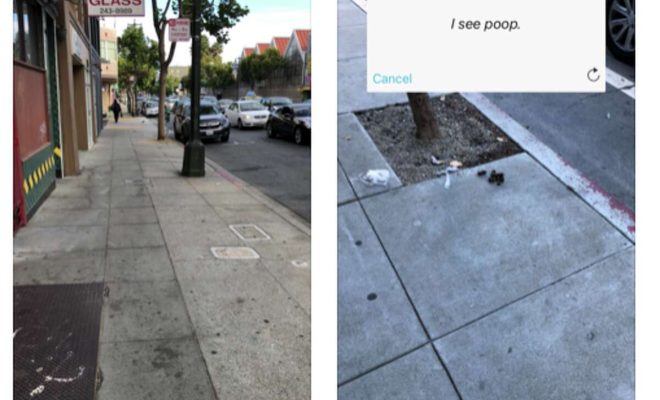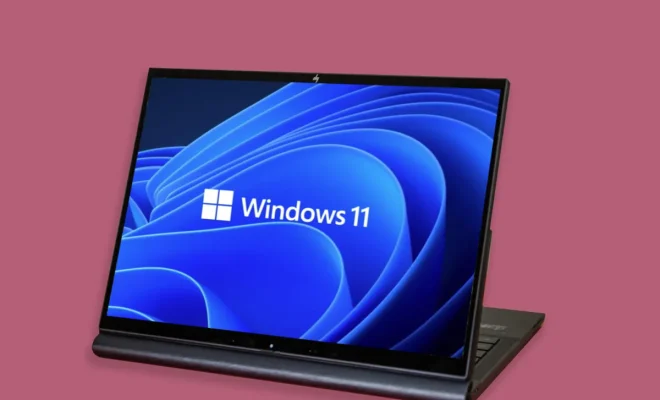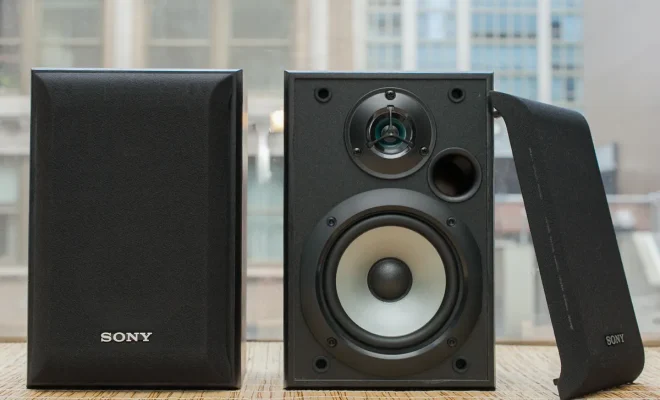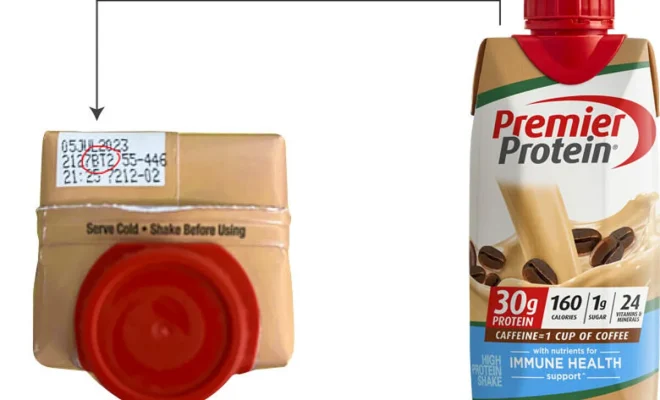Snapcrap lets you take pictures of poop on sidewalks and report it to the city

As city populations grow and urban areas become more congested, keeping public spaces clean and healthy is an ongoing challenge. One app, called Snapcrap, offers a solution to help address this issue, specifically relating to the all too common problem of feces on sidewalks. By allowing users to easily report unclean conditions to city officials, Snapcrap aims to make cities cleaner and better equipped to handle sanitation issues.
The Problem of Feces on Sidewalks
Feces found on sidewalks pose numerous risks and hazards for residents; from making walking unpleasant and unsanitary, to causing health issues due to exposure or direct contact with pathogens found in fecal matter. This problem can be particularly troublesome in larger cities where instances of public defecation are more frequent, impacting the overall quality of life for citizens.
How Snapcrap Works
Snapcrap is a user-friendly app that enables individuals to take pictures of feces on sidewalks and report the issue directly to local authorities. Users can snap a photo of the problem area, add a geolocation tag, and send it off as a report in just a few simple steps. The reports are then forwarded by the app to appropriate city departments, ensuring that authorities are aware of the concern in real-time.
Benefits of Using Snapcrap
Snapcrap offers several advantages in tackling the problem of feces on sidewalks:
1. Prompt Attention
Since reported issues are forwarded almost instantly, city officials can deal with them much more quickly than through traditional methods like phone calls or online forms.
2. User-Friendliness
The simple design and functionality of the app encourage widespread participation from community members who want their neighborhood kept clean.
3. Accountability
The app’s integration with geolocation tagging helps authorities identify problem areas more accurately, subsequently leading to more targeted cleanup strategies.
4. Awareness
Snapcrap raises awareness for the sanitation concerns faced in urban areas, encouraging citizens to be proactive and conscious in addressing such matters.
Conclusion
While Snapcrap is only one small part of tackling a much larger urban cleanliness issue, it demonstrates how innovative solutions can contribute to creating an improved living environment. By empowering users to easily report unclean conditions in their communities, cities can more effectively combat these issues and work towards creating cleaner and healthier public spaces for everyone.






